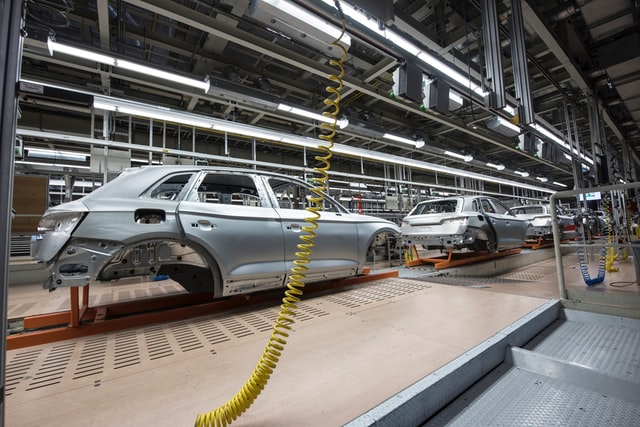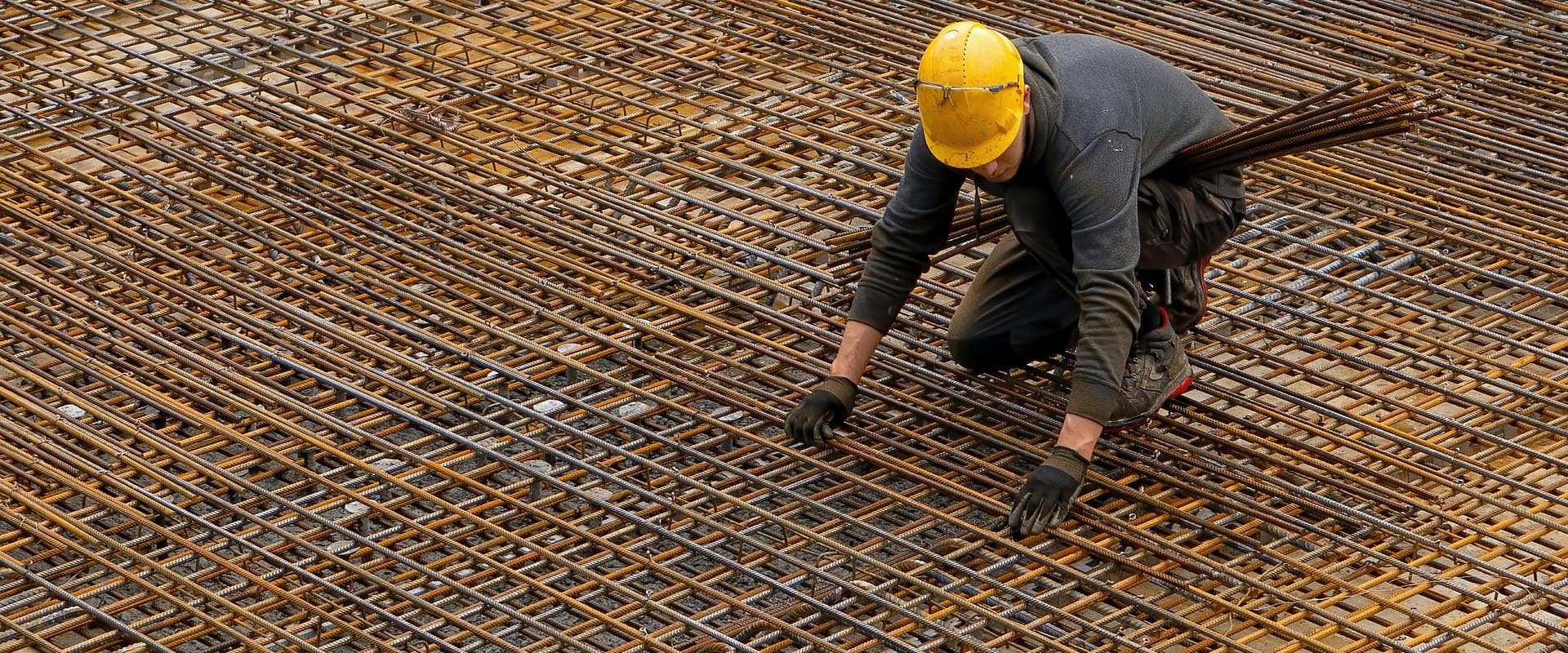The story of how steel went from surplus to shortage is a cautionary tale that shows the challenges of business forecasting.
In 2019, steel markets were flooded with cheap Chinese steel and prices were rock-bottom. In 2022, supply tightened and demand rocketed. Prices, already at record levels, seemed set to climb further.
Laura Bruce, a risk underwriter at Allianz Trade UK & Ireland, says this was a "perfect storm" for firms reliant on steel, with construction firms among the hardest hit.
Some construction firms, worried about an industry slowdown in the first months of the pandemic, tied themselves to fixed-price contracts to secure future revenues.
However, 2022 saw them hit by rising prices of steel and raw materials, as well as elevated post-Brexit labour costs. With limited ability to pass these on, margins are now squeezed tight.
It should therefore be no surprise that almost 20% of insolvencies in the fourth quarter of 2021 in England, Scotland and Wales were in the construction sector.
“Ultimately, if cash generation falters and liquidity starts to tighten, you can quickly see a firm entering difficulty,” says Laura.
Why are steel prices rising?
So, how has the steel industry gone from bust to boom so quickly? In 2019, experts such as the OECD Steel Committee, warned of a vast excess of production capacity, as Chinese steel firms added millions of tonnes of new capacity, despite weak local demand.
When Covid-19 hit in early 2020, many economic forecasters predicted a deep global recession. With stocks piled high, many steel producers thought the industry slump would worsen. “Some of the manufacturers turned off their blast furnaces,” Laura recalls. “They didn’t see any demand coming through.” Depending on design and size, once a blast furnace is shut down it can take weeks for production to restart.

But instead of a market slump, the two industries that consume most steel experienced a sharp increase in demand.
About 50% of steel is used for construction - and governments worldwide poured billions into infrastructure projects to prevent mass unemployment.
And the auto industry, the second-largest consumer of steel, enjoyed its own boom when those consumers lucky enough to save cash during lockdown decided to invest in a new car.
“Supply was slow to react,” says Laura. The result was a dramatic turnaround in the balance between supply and demand. By the middle of 2021, supply was so tight that Italian tomato producers warned they didn’t have enough steel cans for their crop.
Steel producers not only enjoyed strong demand, they were hit by higher energy prices. The result was a sharp increase in prices. British Steel, for instance, raised prices seven times on some products in 2021.
Steel and conflict in Ukraine
The war in Ukraine has added another upward twist to the spiral. In 2021, Russia was the world's fifth-largest miner of iron ore and the fifth-largest steel producer. Sanctions mean this supply is now largely removed from world markets - €3.3bn in Europe alone.
Worried about prices and security of supply caused by port disruption, some significant steel consumers are also increasing stocks. This not only further increases demand, it sends confusing price signals to the market, where no one can be sure what demand is real.
Prices are continuing to rise. British Steel raised the price of some products by 25% in March 2022 and warned that it might not hold them at those levels longer than a few weeks.
Steel stockholders enjoyed higher margins over the past year, but now have much more cash tied up in stock. To protect and grow their business they may need to seek additional funding as well as investigating trade credit insurance to protect their business if customers fail.
For firms using a lot of steel, though, the outlook is grim, made worse by traditional buying practices. Steel purchases aren't usually hedged, and construction firms typically buy steel as they need it. The result is that they pay the market rate on the day. Cash flow and margins are under pressure, risking an insolvency domino effect.
"I think at the moment, the market expects further price increases," says Laura. "The current geopolitical environment adds to uncertainty with iron ore mines and steel production facilities impacted by the crisis.
“As long as there’s uncertainty, we will see volatility in supply and price."
Clearly, companies that use or trade steel have a heightened risk of failure. Despite the uncertainty, Allianz Trade continues to offer trade credit insurance that can, subject to contract, significantly reduce the impact if a customer fails.
As well as the financial benefits of the insurance, Allianz Trade clients also enjoy access to information that can reduce risk more broadly and enable growth.
